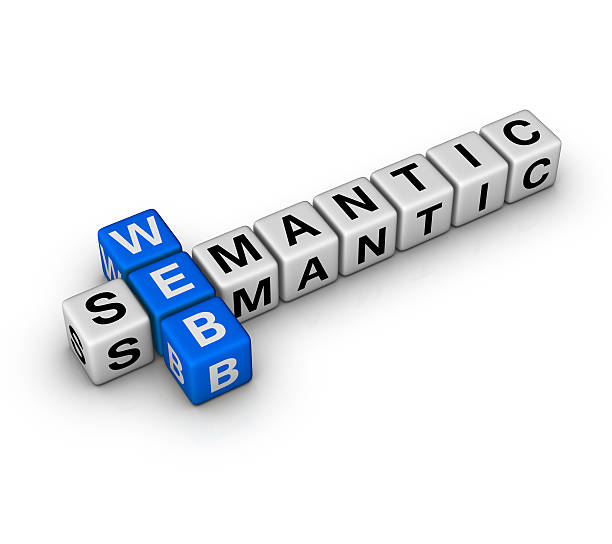Business Analytics (BA) and Business Intelligence (BI) need the help of software that can use a semantic layer to smoothly run business reports. However, to use that software, you will have to know about some important things about the semantic layer. Following, the semantic layer and its benefits will be discussed.
What is a Semantic layer?
A semantic layer is one kind of special way that can represent data with the use of regular business terms. It takes the important information that may reside in the data store, and they just translate them into some specific terms that can be meaningful for them.
How is this Semantic layer used?
While using the semantic layer, the persons who are dealing with the data cannot see any collection or tables, they will just see a list of business fields that are expected arranged into a structure that is like a folder.
After that, the users can do their searches on those queries that are predefined and can easily and immediately access the results. Thus it can easily reduce the amount of time that the user may need to get their hands on that information they need. Also, they can complete this process without seeking help from the developers of the company.
On the other hand, without the help of the semantic layer, the users have to have some prior information regarding those query languages.
How can you build a Semantic layer?
A semantic layer can be easily built by a person, who has proper knowledge about how reporting is done in any business and also how the working process of the data is stored. Then a layer is built by giving names to those raw data fields while hiding the unwanted fields.
He/she can also build some filters that are not in common use, as this will help the users run reports while searching for that special information they need, without any problem.
What are the benefits of the semantic layer?
The semantic layer can easily reduce the amount of complexity and help the business users by preventing them from spending a lot of their time while trying to access the data that they need to analyze. So, here is a list of some benefits that a data-driven business gets from a semantic layer.
Improved Security
A major problem in any kind of work related to data is the security of that information. However, if you try to give too much attention to security, then the other jobs may not be completed perfectly by those analysts.
In that case, the integrity of the data may get compromised. In this case, a semantic layer can help by creating a good balance. The users can make changes to the data logically; there are no worries about the corruption of data sources by the users.
Improved Collaboration
Teams can work together in an effective way while you choose to use a semantic layer. This helps the users to search, tag, and share the crucial data, thus improving and enhancing their collaboration throughout the organization as well as helping them to make some better decisions.
Decreases Data Latency
The use of the semantic layer can provide secure data access and better results while reducing the complex data fields, and thus access the data much faster.
Thus, the use of a semantic layer is always beneficial if you are dealing with Business Intelligence or Business Analytics.

